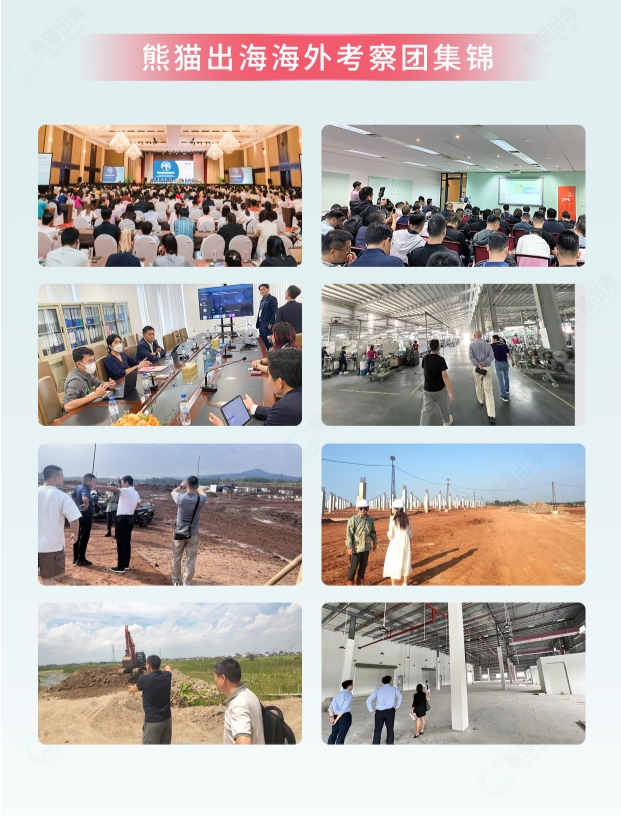Don't move your factory to the wrong place! Limited-time offer for a Southeast Asia field trip at ¥9998丨PDAEXSEA
Overseas investment
Overseas Investment
Tariff War
Tariff war
2025-02-22 09:16:36
Page view:772

If before, there may have been some luck, now it can be said that the US's suppression of China is the biggest certainty factor.
At this time, there should be BGM:
You twisted your fingertips and crushed me
You stirred up the wind and clouds to sweep me away
You stirred up waves and abandoned me
It's so unfair between us
Love and hate are all controlled by you
But today I can't leave you
Whether you love me or not...
——Liu Huan "Can't Leave Me"
At present, the "China-US" straight trade channel has gradually evolved into a topological network full of geometric aesthetics.
The production line of a Guangdong electronics factory is confirming this change:
The circuit board is precisely cut in Dongguan, and the semiconductor is assembled and tested in the Hanoi Free Trade Zone, and finally crosses the Pacific Ocean as "Made in Vietnam".
This detour is not a simple transfer of production capacity, but a survival rule in the era of globalization 2.0.
The emergence of the polygonal trade model is not only a passive adaptation to the current trade environment, but also an active layout for Chinese companies to actively seek new opportunities and open up new markets:
Enterprises look for new nodes around the world and reorganize trade paths to reduce risks and enhance competitiveness.
As a leading cross-border enterprise service platform in China, many entrepreneurs have recently consulted us about the overseas expansion of enterprises. The first suggestion we made is to stay calm. We do not recommend taking news hot spots as the strategic navigation vane of enterprises, because the current trend is not something that Chinese enterprises can completely control.
If you rush to go overseas without preparation, it is very likely to cause acclimatization after landing.
The second is to judge the situation and switch perspectives. Instead of viewing it as a passive stress thinking of "threat-response", it is better to convert it into an active design thinking of "opportunity-layout".
For example, after a stainless steel enterprise set up a factory in Vietnam, it not only successfully won the order of Haier washing machines in Vietnam, but also extended inward and took the opportunity to get the order of Haier washing machines in China.
This proves that industrial transfer is not only a risk avoidance, but also a compound equation for opportunity capture.
Maybe at the beginning we did have problems with cost and order transfer, because of the prediction of geopolitical risks, or some companies were looking for their own path to globalization, but once the companies went abroad, the wisdom and resilience of Chinese companies and Chinese entrepreneurs would always find new opportunities to take root and thrive in foreign lands.
So at this time, where to go overseas, that is, the strategic choice of geographical space, will become the most important issue for companies to think about. And how to discover new sources of value locally, fully cope with localization, and take root in this place is a topic that companies need to think more carefully.
Especially in the early stage of going overseas, companies must conduct sufficient investigation and research on the target market and obtain sufficient information to support decision-making, because the complexity and uncertainty of the market environment require companies to have a longer-term strategic vision.
✔Explore emerging markets ✔Connect with local resources ✔Unlock policy dividends
Air tickets + accommodation + business reception all-inclusive only ¥9998!
Limited purchase: The number of inspection groups for a single country is limited to 10 people
In-depth inspection: government/factory/park/chamber of commerce full-chain resource connection
Suitable for enterprises: cross-border trade, manufacturing, e-commerce practitioners, etc.
Please contact us for registration:

Previous reviews:

This change of thinking is the key turning point for Chinese manufacturing to regain the initiative in the global trade changes.



